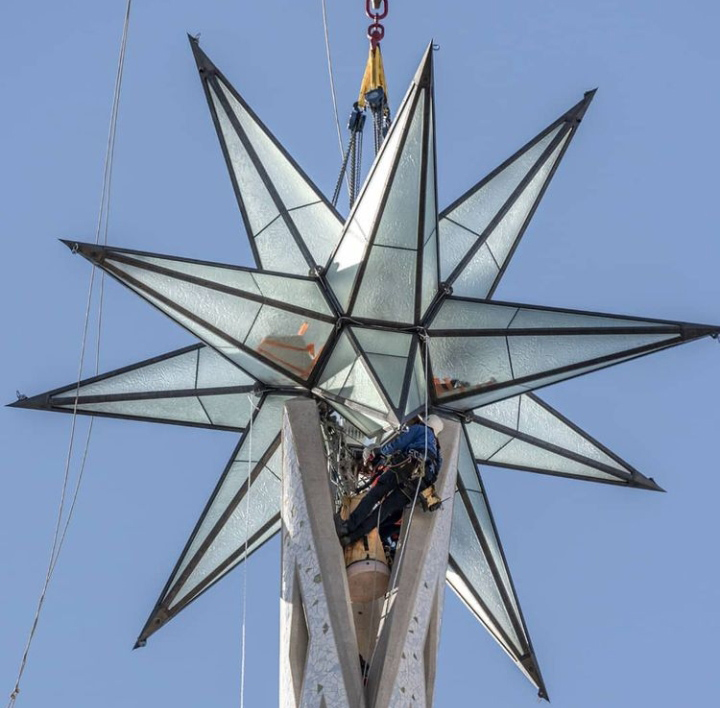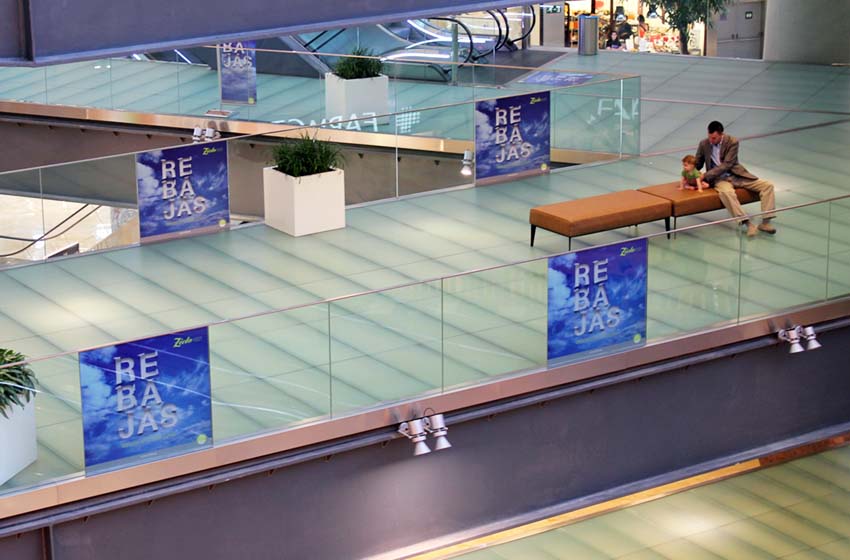Examining glass samples
Natural outdoor light is the best illumination for assessing the color - transmitted and reflected - of a glass sample. If possible it should not be direct sunlight, better on a partly cloudy day.
As we will not always be able to choose natural light conditions, we recommend evaluating the sample:
- Under different light conditions: natural, artificial and different types of artificial lighting, since the color tone will vary according to the type of lighting (for example, fluorescent lighting tends to "green" objects).
- And at different times of the dayThe glass is then used to see how the shade and design of the glass is perceived under maximum or low light conditions.
Place the sample in a slightly inclined position and move it slightly to highlight and perceive the different shines, sparkles, transparencies and matting.
Choose a specific object and place the glass sample at different distances from it to assess the level of translucency / opacity by looking through.
- The greater the distance, the more blurred the image,
- the shorter the distance, the greater the definition and transparency.



